Brachycephalic syndrome in dogs and cats.
Опубліковано
17.07.2023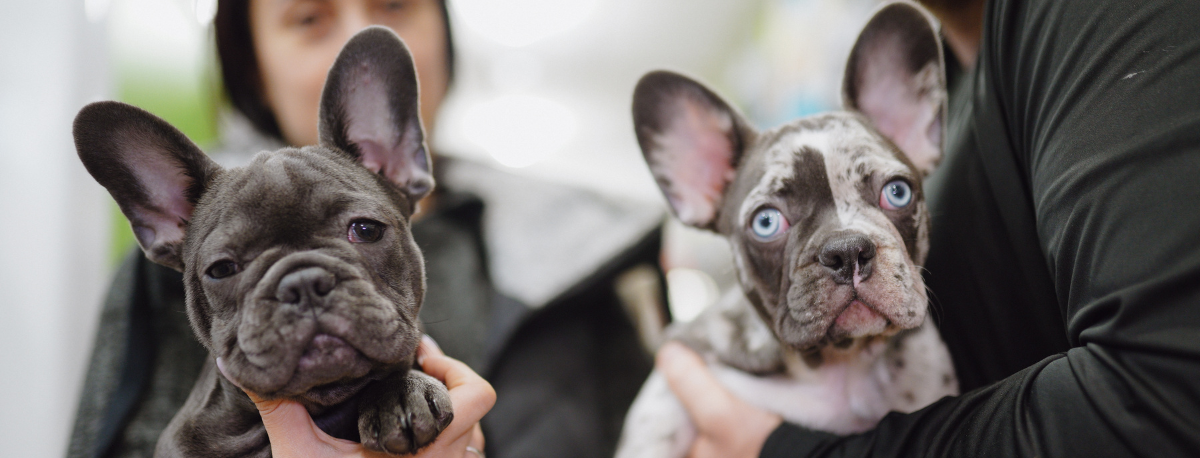
Brachycephalic syndrome in dogs and cats.
Who are animals with brachycephalic syndrome? What exactly is brachycephalic syndrome and how to live with it, how to prevent complications for the body that this syndrome can lead to?
First, let's look at where this concept came from and how it manifests itself.
Brachycephalic syndrome is caused by genetics. These are dogs and cats that belong to the "short-muzzled" breeds and are born with flat muzzles, often have malformations in the upper respiratory tract and have breathing problems. Typical breeds include Bulldogs, Pugs, Boston Terriers, French Bulldogs, Pekingese, Chow Chows, and Shih Tzus, Persian and exotic cats, British and Scottish cats. These breeds of dogs and cats were bred with shortened parts of the front of the skull for aesthetic purposes, even though these deformities have led to health problems. Methys of these breeds can also show signs of brachycephalic syndrome.
Brachycephalic syndrome is a set of manifestations such as nasal stenosis, elongated soft palate, overhanging nasal fold, and protrusion of laryngeal sacs.
There are primary and secondary anatomical signs of brachycephalic syndrome:
Primary anatomical signs include: stenosis in the nasal passages (43-96%), elongated palate (86-100%), thickened soft palate, tracheal hypoplasia, narrow nasal chambers, esophageal diverticulum, nasal skin fold.
Secondary anatomical signs include: everted laryngeal sacs (55-96%), laryngeal collapse, gastrointestinal disorders (vomiting, esophagitis, gastritis, gastroesophageal reflux, 37-89%), bronchial collapse, macroglossia (enlarged, thickened tongue), and overweight. This can lead to upper respiratory tract obstruction in animals.
The symptoms of brachycephalic syndrome in dogs and cats vary depending on the number of syndromes and their severity, but in any case, it will affect your pet's breathing. In most mild cases, the animal breathes noisily, snores during sleep, and has nasal discharge (sneezing). Due to the lack of normal oxygen flow through the nose, your pet may be reluctant to exercise, breathe with an open mouth after light exercise, sticking out its tongue, or suffer from fainting. In severe cases, a lack of oxygen can turn your dog's or cat's tongue or gums a blue color. If symptoms are left untreated, years of heavy breathing can cause secondary problems in your dog, including residual effects of stress on the heart and lungs.
When an animal with narrow nostrils breathes, it constantly strains to inhale the required volume of air, which constantly creates negative pressure on the nasal passages and the nasal mucosa becomes hyperplastic and can cause obstruction of the lumen. This constant strained breathing causes swelling of the airway mucosa with subsequent chronic inflammation.
Unfortunately, there are no factors that can influence the genetically determined pathology, so it is important to pay attention to caring for your pet, timely visits to the veterinarian and consultation regarding the need for surgical correction of this symptom complex.
Diagnosis of brachycephalic syndrome is based on a clinical examination of the animal by a veterinarian, laryngotracheobronchoscopy under sedation.
The recommended age for correction of this pathology is 8-18 months.
A combination of surgical correction and lifestyle changes is the best way to treat brachycephalic syndrome in dogs and cats. For example, your pet has narrow nostrils and an elongated soft palate. In this case, the veterinary surgeon may recommend a soft palate resection and nasal dilation, where the surgeon performs a wedge nostril surgery and removes the excess and thickness of the soft palate and then trims it surgically using a scalpel blade, scissors, or laser. Also, during the clinical examination, the veterinarian may note an elongated and overhanging nasal fold (especially typical for pug dogs) and recommend its removal.
Pets should be closely monitored immediately after surgery. Significant inflammation or bleeding can shrink the airway, making breathing difficult or impossible. Sometimes a tracheostomy (an extra hole in the neck) is necessary to keep the animal breathing normally until the swelling goes away. Pets are usually observed in the hospital for at least 24 hours. Postoperative cough and vomiting are common complications after surgery. In chronic cases, when the laryngeal cartilage has become inflexible, removal of the elongated soft palate and laryngeal sacs may not provide sufficient relief. Creating a new permanent tracheal opening in the neck (called a permanent tracheostomy) may be the only solution, although there are complications associated with this procedure.
Since obesity can exacerbate brachycephalic syndrome, weight control is essential to alleviate your dog or cat's symptoms. Make sure that the exercise is not too strenuous for the animal and is done indoors or during cooler hours of the day. You should use a harness instead of a collar to avoid putting pressure on your dog's airway.
Under no circumstances should you leave your pet in a closed car or in direct sunlight!
There are no corrective or curative medications to control brachycephalic syndrome, but some anti-inflammatory drugs may provide short-term relief.
The prognosis after surgical treatment is good for young animals. As a rule, they breathe much easier and respiratory complications are significantly reduced. Their activity level can improve significantly. Older animals may have a less favorable prognosis, especially if the process of laryngeal collapse has already begun. If laryngeal collapse develops, the prognosis is poor.
Most animals recover completely after surgical correction and live a normal life. There may be some residual snoring and noisy breathing, but usually less than before treatment.
In cats, as a rule, surgical correction of brachycephalic syndrome and prognosis have a more positive effect than in dogs.
Схожі статті
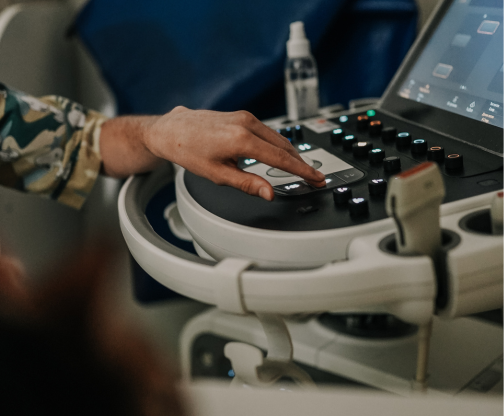
Preparation for ultrasound examination (ultrasound)
It is important to remember that proper preparation of the animal can significantly facilitate the abdominal ultrasound process. By performing this procedure, the doctor can detect possible problems in time and provide proper treatment. High-tech ultrasound is one of the ways to quickly and informatively diagnose and ensure a long and healthy life for our pets.

Brachycephalic syndrome in dogs and cats.
What exactly is brachycephalic syndrome and how to live with it, how to prevent complications for the body that this syndrome can lead to?

WHY ARE DOCTORS NOT ALL-POWERFUL?
A good doctor is worth its weight in gold. Everyone understands this and can spend years looking for the best one, and when they find one, they will expect miracles.
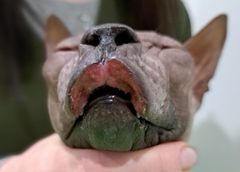
Allergy
Allergy
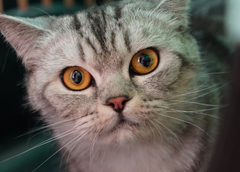
SYNDROME OF TIRED TANKLES IN CATS
Tired antennae of a cat or What do you know about fatigue?

Bacterial myocarditis
This disease is extremely rare in dogs. In cats, it is even less common - 0.006-0.018% of cases.
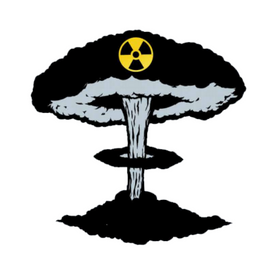
How to protect home lovers from radiation damage.
In recent days, we have received many calls asking for advice on the need to protect animals during a possible radiation exposure.

STERILIZATION AND CASTRATION OF CATS AND DOGS
Such operations do not affect the change of the animal's character. They can be done from an early age, in particular from 8 weeks. Convenience, first of all for the animal, is that the young organism has the ability

Side effects of antiparasitic drugs
The need for tick and flea treatments for pets is a well-known fact.

How you can help calm cats and reduce stress today
the head of the felinology department, tells us.

